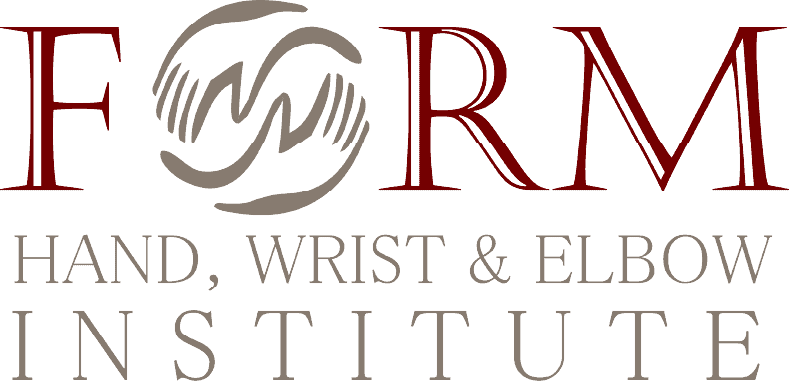Do you see a lump on your hands or wrist? Do you have pain during any hand movements? If you’re looking for an answer and solution to this, we can help you! A ganglion cyst is a noncancerous lump on the tendons or tissues of wrists and hands. It is most common on the back of the wrist and occurs when fluid leaks from the joints and forms a cyst on the hand or wrist. They vary in size and may grow significantly with increased activities. It is hard to tell the exact cause of a ganglion cyst, but it is most common in people between 15 to 40 years, and women are more likely to get it than men. If a ganglion cyst becomes more prominent, it causes pain and pressure in the wrist or hand.
Types of Ganglion Cysts
At the back of the wrist – It is most common in young adults and often disappears without treatment.
At the front of the wrist – It can happen to both young and older adults, but for older who have arthritis.
The base of the finger (flexor tendon sheath) – Common in young adults.
On the finger (mucoid cyst) – Common in middle-aged or older people.
Diagnosis
First, a hand surgeon will thoroughly ask questions about medical history, symptoms, how long you’ve had the cysts, and the duration. Then, the hand surgeon applies some pressure to check for any tenderness. After that, performs x-rays to rule out any conditions, such as arthritis or a bone tumor. Then may order an MRI scan to better show soft tissues, like a ganglion. It helps to determine if it’s a cyst or a tumor. It depends on the location of the lump and its appearance. However, some cysts go away on their own, while some are very painful and require treatment. However, hand surgeons can offer invasive and non-invasive options depending on the severity of the condition.
Treatment
Observation – Depending on the severity and duration, often the hand surgeon suggests observing if there are any changes in the cyst.
Immobilization – The hand surgeon may use splints or brace to restrict the wrist movement. The splint will restrict any activity, this will help relieve pressure on the nerves causing any pain.
Physical Therapy – After the hand surgeon immobilizes your wrist with a splint or brace, they recommend physical therapy to strengthen and improve your range of motion.
Needle Aspiration – If the cyst is painful and restricts your activity, the hand surgeon will perform needle aspiration. It involves numbing the area and puncturing the cyst to drain any fluid. It may return as it doesn’t remove the cyst from the root.
Surgical Options – The hand surgeon may perform the surgery if non-surgical procedures do not work and continue to be in pain. The idea is to remove the cyst, and the patient can remove normal activities within 2 to 6 weeks.
If your symptoms or pain from a ganglion cyst are worsening over time, it is time for you to get it checked. Reach out to us at (510) 480-3700.


